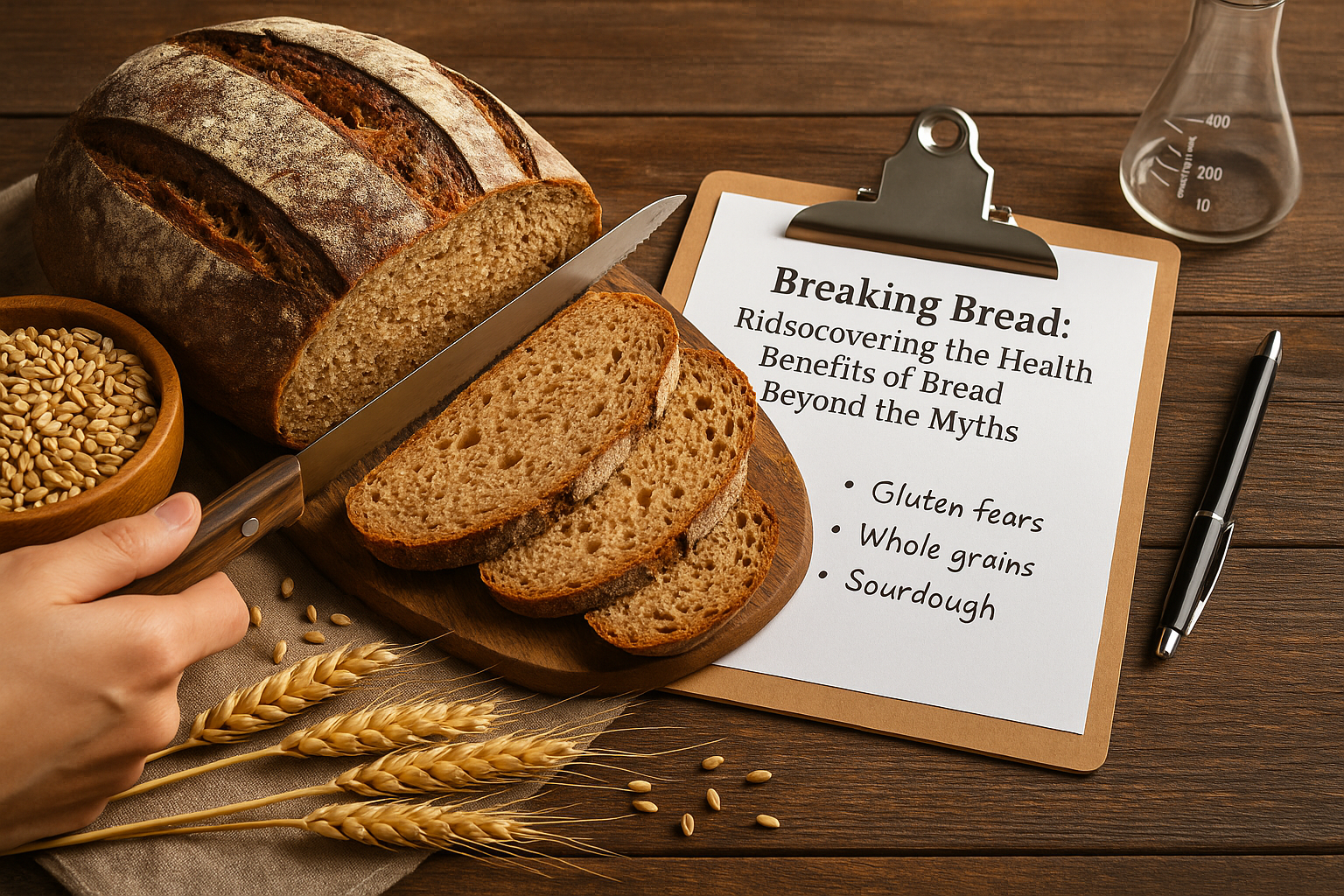
Soy Lecithin vs Sunflower Lecithin: Understanding the Key Differences
SUBSCRIBE TO OUR BLOG
Promotions, new products, and recipes.
Soy vs Sunflower Lecithin: Which One Should You Use (and Why)?
Short answer: Both soy and sunflower lecithin are effective emulsifiers. Choose soy lecithin when cost and ubiquity matter. Choose sunflower lecithin for non-GMO, solvent-free/clean-label positioning and to avoid soy allergen labeling. Lecithins are FDA-recognized as safe for intended uses (21 CFR §184.1400), and EFSA’s latest re-evaluation found no safety concerns at reported use levels for food and infant uses. :contentReference[oaicite:0]{index=0}
Allergen reality check: Soy lecithin does require soy source labeling in the U.S. (e.g., “lecithin (soy)” or “Contains: soy”), except for narrow release-agent exemptions. Most soy-allergic consumers tolerate soy lecithin because residual protein is extremely low, but a small subset may react—so label and evaluate accordingly. :contentReference[oaicite:1]{index=1}
Index
Overview & Quick Picks
- Best for clean label: Sunflower lecithin (often mechanically/cold-pressed; commonly non-GMO; no soy allergen label). :contentReference[oaicite:2]{index=2}
- Best for lowest cost and widest sourcing: Soy lecithin (solvent-extracted at scale; easy to source globally). :contentReference[oaicite:3]{index=3}
- Safety consensus: FDA GRAS for intended uses; EFSA re-evaluation: no safety concern at reported use levels. :contentReference[oaicite:4]{index=4}
What You Will Learn
- Which lecithin (soy vs sunflower) aligns with your label, allergen, and cost targets.
- How extraction differences affect consumer perception and marketing claims.
- When to choose powder vs liquid forms (and how to disperse each).
- Clear guidance on allergen labeling and why most soy-allergic consumers tolerate lecithin. :contentReference[oaicite:5]{index=5}
- Simple, repeatable emulsification steps for sauces, dressings, and beverages.
- Practical dosage ranges and how to avoid waxy mouthfeel.
- How lecithin pairs with agar, LBG, guar, and pectin for texture design.
Extraction Methods
Soy lecithin: Most commonly isolated after solvent-extracted vegetable oils (e.g., soy) are hydrated/degummed; lecithin is separated, optionally bleached, and dried. :contentReference[oaicite:6]{index=6}
Sunflower lecithin: Frequently produced via mechanical/cold-press processes without chemical solvents—attractive for clean-label positioning. Always verify supplier documentation. :contentReference[oaicite:7]{index=7}
Shop Non-GMO Sunflower Lecithin
Quick Decision Guide
| Attribute | Soy Lecithin | Sunflower Lecithin |
|---|---|---|
| Label & Allergen | Requires soy allergen disclosure; widely tolerated but some may react. | No soy allergen label; generally well tolerated. |
| Extraction & Perception | Commonly from solvent-extracted oils; neutral-to-mixed clean-label perception. | Often mechanical/cold-press; strong clean-label perception. |
| GMO Positioning | GMO and non-GMO options exist; verify docs. | Typically non-GMO; supplier docs still required. |
| Cost & Availability | Lowest cost; globally ubiquitous. | Modest premium; strong availability, sometimes tighter supply. |
| Best Fit | Cost-sensitive, large-scale, chocolate/bakery/process aids. | Non-GMO, “solvent-free,” allergen-averse, clean-label SKUs. |
| Forms & Use | Powder & liquid; liquid disperses fast in fat phases. | Powder & liquid; equally versatile across food/cosmetics. |
| Starting Dosage | ~0.2–1.0% w/w (bench test for matrix, shear, temp). | ~0.2–1.0% w/w (optimize for mouthfeel/clarity). |
| Mouthfeel & Flavor | Overdose can wax; keep within target range. | Similar; neutral at typical levels. |
| Pairing Tips | Add water-phase body with guar or LBG. | Great with agar or pectin for clean-label textures. |
Physical Forms & Best Uses
- Powder: Excellent for dry premixes, bakery, instantized powders (pre-blend with other dries).
- Liquid: Fast dispersion into fat phases (chocolate, spreads, cosmetics).
Allergens & Labeling
Labeling in the U.S.: The major allergen’s food source name must appear either in the ingredient list (e.g., “lecithin (soy)”) or in a “Contains: soy” statement, with limited exemptions (e.g., specific release-agent petitions). :contentReference[oaicite:8]{index=8}
Tolerance: Most soy-allergic consumers do not react to soy lecithin because residual protein is very low, though sensitive individuals may. (FARRP summary; meta-analyses estimate soy allergy prevalence around 0.3–0.4%.) :contentReference[oaicite:9]{index=9}
| Soy Lecithin | Sunflower Lecithin | |
|---|---|---|
| Allergen label | Yes (soy) | No soy label |
| Typical tolerance | High (rare reactions possible) | Generally well tolerated |
| Clean-label perception | Neutral to mixed | Strong (non-GMO, solvent-free positioning) |
Cost & Availability
Soy: Typically lower cost, wider global availability. Sunflower: Modest premium aligned with non-GMO/solvent-free positioning. (Confirm current pricing with your supplier.)
Hormones & Consumer Perception
Some consumers prefer sunflower to avoid associations with soy phytoestrogens (from other soy fractions). This is perception-driven; lecithins themselves remain recognized as safe by FDA/EFSA for intended uses. :contentReference[oaicite:10]{index=10}
Benefits & Applications
- Emulsification: Stabilizes O/W and W/O systems, improves wetting/dispersion. :contentReference[oaicite:11]{index=11}
- Instantizing: Better wettability in protein and beverage mixes.
- Bakery/Chocolate: Rheology control and processing aid.
- Cosmetics/Nutrition: Emollient, penetration enhancer; softgel and liquid formats.
How to Emulsify with Lecithin (Steps)
- Choose a form: Liquid for fat-phase dosing; powder for dry premix.
- Pre-mix: If powder, blend with other dries; if liquid, dissolve into the fat/oil phase first.
- Hydrate & shear: Combine phases under moderate shear; target 0.2–1.0% w/w as a starting range, then bench to optimize.
- Polish texture: Pair with water-phase gums for body (e.g., LBG, guar, agar, pectin).
Storage & Handling
- Keep airtight, cool, and dry; protect from humidity and odors.
- Shake liquids before use; pre-sift powders; avoid over-dosage (waxy mouthfeel).
- FIFO rotation; monitor for oxidation off-notes over time.
FAQ
Can I substitute sunflower lecithin for soy 1:1?
Often yes for emulsification; optimize 0.2–1.0% w/w and shear/temperature for your matrix.
Is soy lecithin safe for most people with soy allergy?
Most soy-allergic individuals tolerate soy lecithin due to minimal residual proteins, but some may react—label and test prudently. :contentReference[oaicite:12]{index=12}
Does U.S. law require soy source labeling?
Yes. Declare the soy source as “lecithin (soy)” or use a “Contains: soy” statement; only narrow exemptions (e.g., certain release-agent petitions) apply. :contentReference[oaicite:13]{index=13}
Which form disperses best—powder or liquid?
Liquids disperse quickly into fat phases; powders are ideal for dry premixes.
Is sunflower lecithin always solvent-free?
Often produced by mechanical/cold-press methods favored for clean labels; verify your supplier’s process if “solvent-free” is a claim. :contentReference[oaicite:14]{index=14}
What do major regulators say about lecithin safety?
FDA: lecithin is GRAS for intended uses; EFSA: no safety concern at reported use levels (including infant exposures). :contentReference[oaicite:15]{index=15}
Where can I compare lecithin to other texture tools?
See our Hydrocolloid Comparison Hub and Ingredient FAQ Hub.
Summary & Next Steps
Bottom line: Pick sunflower for non-GMO/clean-label narratives without soy allergen labeling; pick soy for cost and availability. Both are safe and effective according to FDA/EFSA. Explore our comparison hub to build complete emulsification + texture systems. :contentReference[oaicite:16]{index=16}

|
About the Author Ed is the founder of Cape Crystal Brands, editor of the Beginner’s Guide to Hydrocolloids, and a passionate advocate for making food science accessible to all. Discover premium ingredients, expert resources, and free formulation tools at capecrystalbrands.com/tools. — Ed |
Enjoyed this post? Subscribe to The Crystal Scoop
Food-science tips, ingredient know-how, and recipes. No spam—unsubscribe anytime.
- Choosing a selection results in a full page refresh.



